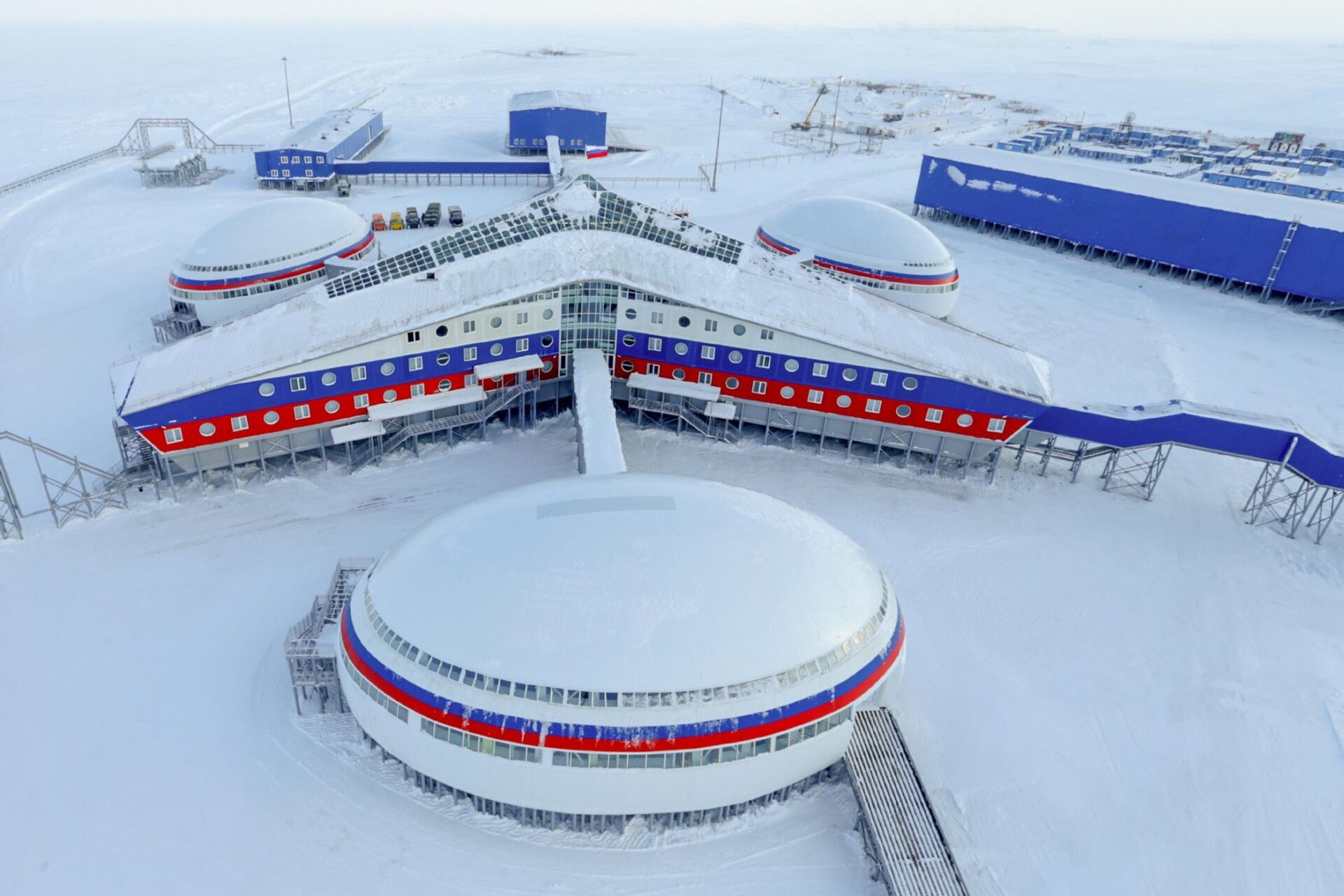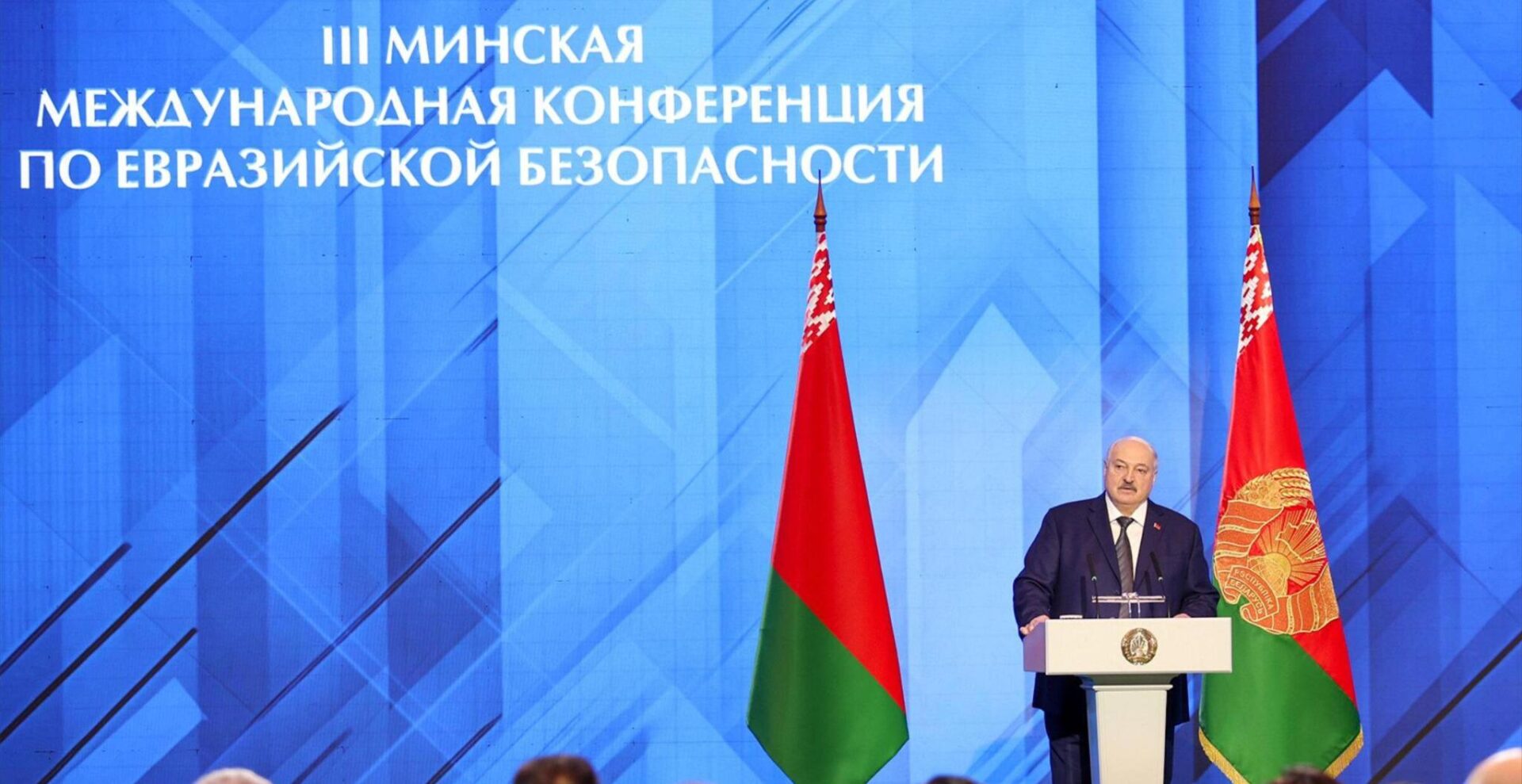
Russia Ushers in a Post-Pseudo-Arms-Control World
Russia Ushers in a Post-Pseudo-Arms-Control World
The United States and Russia have entered the final fortnight before time runs out on their pro forma commitment to the Intermediate-Range Nuclear Forces (INF) Treaty (1988)—one of the major achievements of then–Soviet leader Mikhail Gorbachev’s “new political thinking.” Last October, US President Donald Trump announced his government’s intention to withdraw from this treaty, but in early February he granted Russia a six-month pause to return to compliance. Barring Moscow’s return to its obligations under this Cold War–era arms control document, the INF will be officially terminated on August 2, 2019. Last week (July 15), the North Atlantic Treaty Organization’s (NATO) Secretary General Jens Stoltenberg made a last-minute open appeal to Russia to preserve this cornerstone of the European security system (Rossiiskaya Gazeta, Frankfurter Allgemeine, July 15). Yet, President Vladimir Putin signed into law the suspension of Russia’s participation in the treaty on July 3 (RIA Novosti, July 3), and has since shown no inclination toward compromise. The Russian top brass never liked the elimination of land-based missiles prescribed by the INF, and Putin began praising the document for its contribution to strategic stability only after Trump’s statement, while remaining in denial of any Russian violations.
Russian experts insist it could have been possible and even easy to sort out the mutual accusations of technical violations of the INF Treaty (Rosbalt, July 15). It is even easier to agree on a prolongation of the bilateral New START treaty (2011), which sets the ceilings for the main delivery systems of strategic offensive weapons and their warheads, and is set to expire in February 2021 (Novaya Gazeta, June 10). The problem is that these agreements answer neither the reality of the current confrontation between Russia and the West, nor the fast-progressing development of nuclear armaments (Russiancouncil.ru, July 16). The recent resumption of US-Russian talks in Geneva on arms control and strategic stability have not produced anything resembling a beginning of a breakthrough (Kommersant, July 17).
For the United States, the key issue in a possible reformatting of the arms control system is the engagement of China, which is quickly and steadily modernizing its own nuclear arsenal (Nezavisimaya Gazeta, April 11). Though the Chinese nuclear weapons inventory is only a fraction of Russia’s or the US’s, Russian experts nonetheless acknowledge this build-up constitutes a threat to them both, whatever pledges to unique friendship Putin and President Xi Jinping find useful to make (Nezavisimaya Gazeta, July 16). Russian politicians admit, however, that it is impossible to convince China to agree to any limitations on its still numerically inferior nuclear forces (RIA Novosti. July 26). The much-advertised Russian-Chinese strategic partnership remains limited and certainly gives Moscow no leverage with which to influence Beijing’s obstinate stance on arms control. For that matter, Putin hardly has any influence over Xi’s intrigues around the North Korean nuclear and missile programs (Carnegie.ru, April 26).
For Russia, the convenience of the INF and New START treaties comes from the fact that they set no obstacles to the development of new nuclear weapons systems, which Putin loves to extol lately. The missile lobby has sold him the idea that Russia is ahead of the US in designing and deploying hypersonic weapons of various kinds, including the Avangard glide vehicle (Voenno-Promyshlenny Kurier, June 4). It matters little that the new heavy inter-continental missile Sarmat, to which the Avangard is supposed to be attached, has not even been fully tested (Rossiiskaya Gazeta, July 7). In the virtual reality of strategic posturing, these trump cards are already on the table, as is the Poseidon nuclear-propelled unmanned underwater vehicle, which is supposed to be carried by the reconfigured Oscar-class nuclear submarine Belgorod, not yet undergoing sea trials and not expected to become operational before the start of the next decade (TASS, June 26).
No binding international agreement limits Russia’s arsenal of non-strategic nuclear weapons, and the so-called Presidential Nuclear Initiatives (PNIs) advanced by both the United States and the Soviet Union in autumn 1991, can be abandoned as political expediency dictates (Kommersant, July 17). Russian experts assess the US proposal to include these nuclear weapons, on which no exchange of information has ever been done, in new arms control talks as entirely unrealistic (Vedomosti, July 18). Most of these warheads are actually quite old, and their usefulness cannot be proven without testing; but Moscow fiercely denies Washington’s accusations that it has resumed extra-low yield nuclear tests at the modernized test site on the Novaya Zemlya archipelago, in the Arctic (RBC, June 20).
Breaking the taboo on nuclear tests might appear to be a step too far, but Russia is prepared to accept soaring levels of nuclear risk, as the recent tragic accident involving the AC-31 “Losharik” mini-submarine has shown yet again (see EDM, July 8, 11). Many details of this disaster remain conveniently covered in secrecy, but the combination of technical failure, caused by poor maintenance, and human error, caused by the pressure to perform demanding tasks, is quite typical (Fontanka, July 19). With this cavalier attitude to risk-taking, it is hard to believe that the Russian military can conduct tests of the “innovative” Burevestnik nuclear-propelled cruise missile reasonably safely (Rossiiskaya Gazeta, July 18).
Putin’s ambition to execute a wide variety of projects related to nuclear modernization clashes with the contraction of available resources caused by deepening economic stagnation. Political instructions cannot alter this sad economic reality, but lobbying in the Kremlin corridors still remains profitable. The military-industrial complex, for that matter, complains about the heavy burden of debt for many enterprises and requests an urgent write-off of about $10 billion of “hopeless” indebtedness (Open Media, July 18).
The breakdown of the arms control system has little impact on the progress—or the lack thereof—in designing and deploying new weapons systems; therefore, the Russian top brass tends to see arms control negotiations as an irrelevant political game played primarily for foreign audiences. For many impressionable Europeans, the disappearance of the INF Treaty indeed amounts to a shocking encounter with the disturbing reality of renewed Russian reliance on nuclear weapons as an instrument of policy. Putin, it seems, expects this shock to produce more discord in various European political arenas and more disagreements within NATO, and this gain compensates for the loss of formal registration of parity with the US. Nuclear saber rattling appears easy to manipulate, but the rot in many junctions of Russia’s infrastructure exposes it to risks far beyond the calculus of regular cost-benefit analysis.


